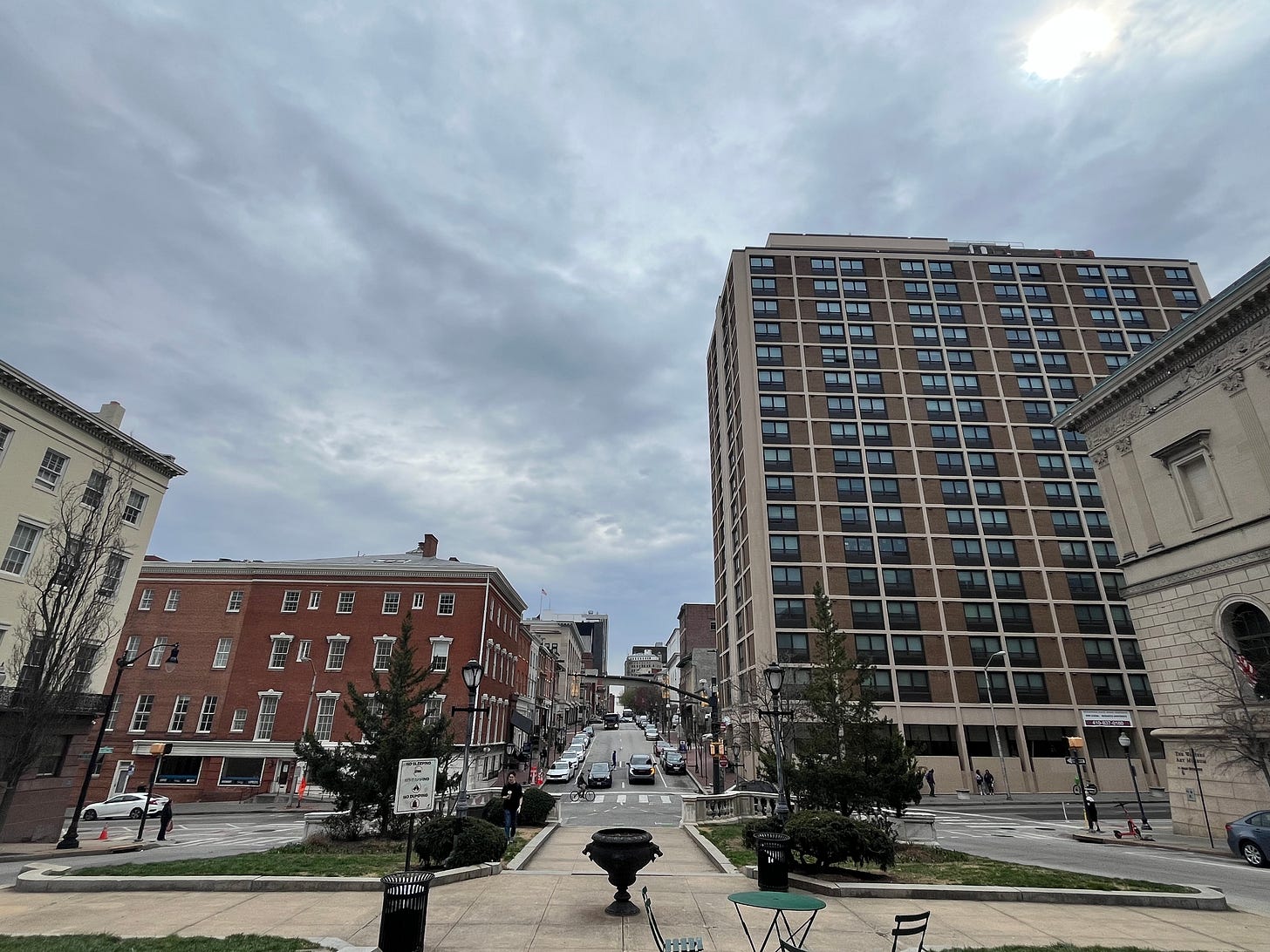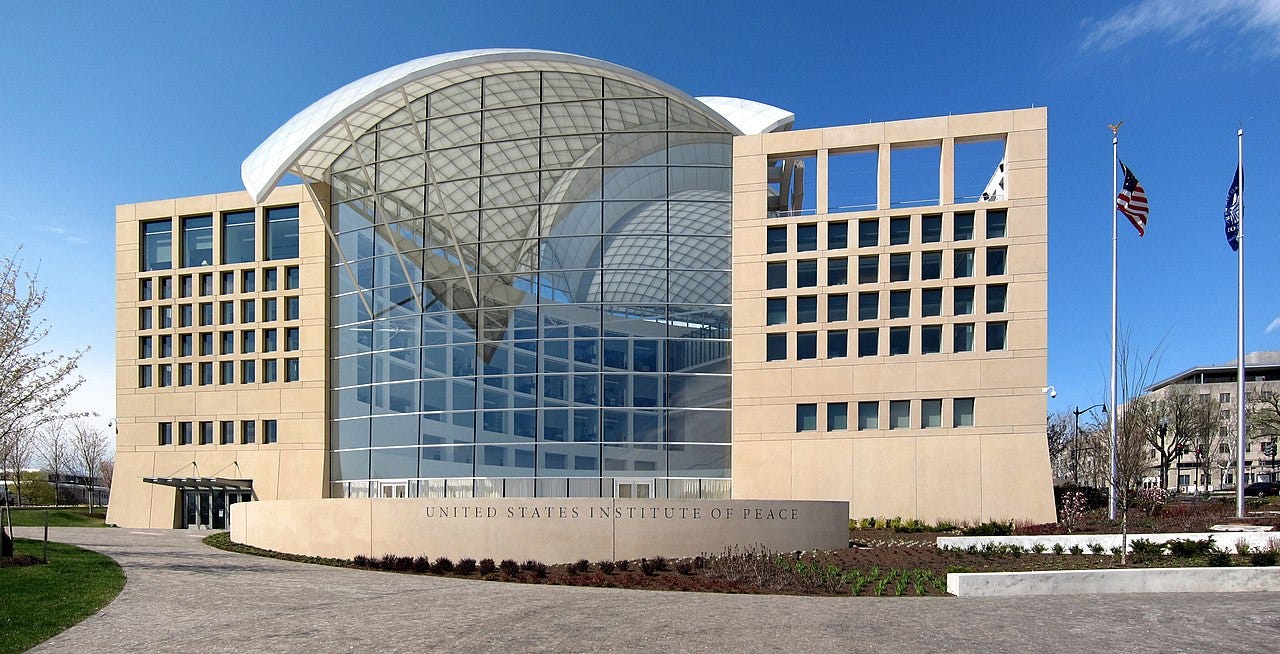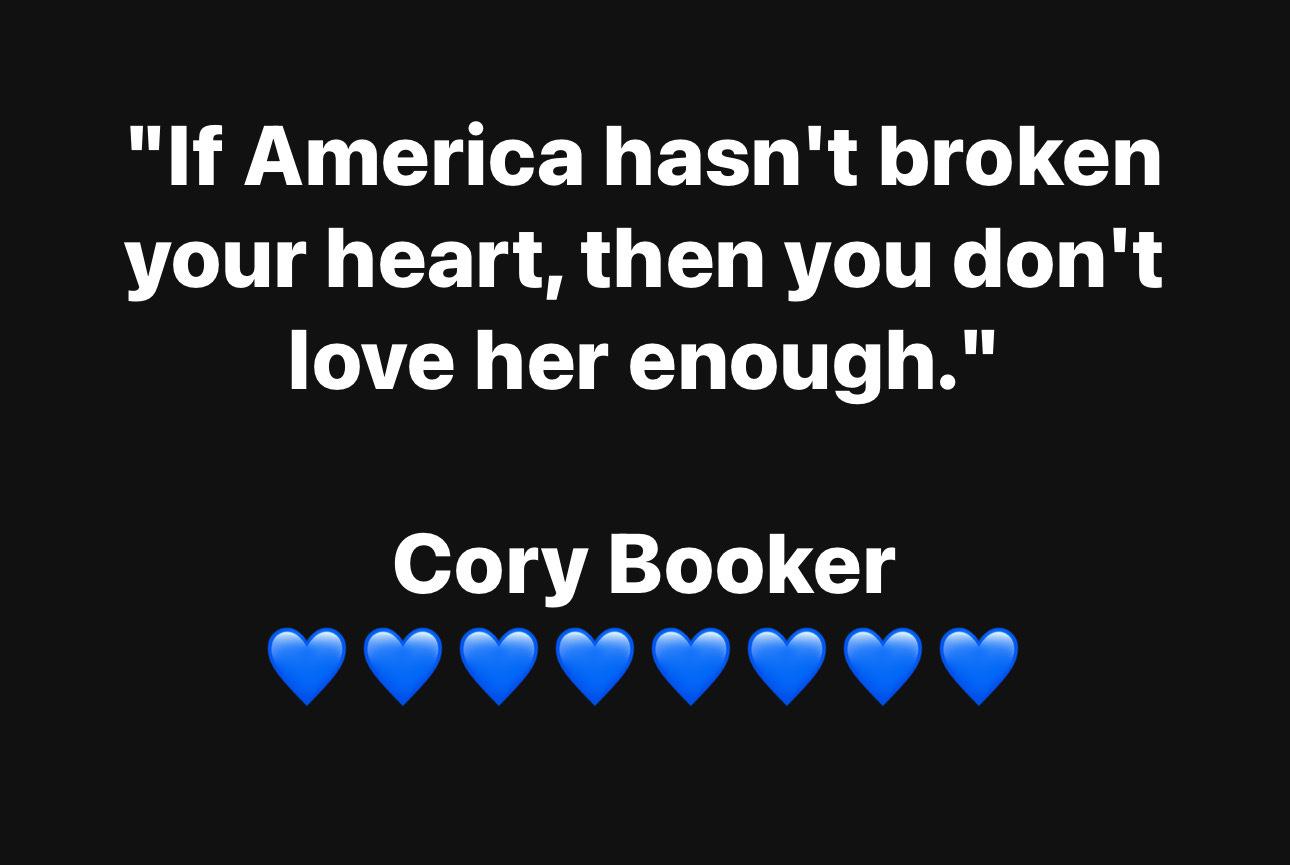
“It seems to me a powerful message, worth repeating and repeating, that people want peace, simplicity, beauty, nature, respect, the ability to contribute and create. These things are much cheaper and easier to achieve than war, luxury, ugliness, waste, hate, oppression, manipulation. Someday, when everyone understands that nearly all of us truly want the same kind of world, it will take surprisingly little time or effort to have it.” ~ Donella Meadows
It’s been a rough couple of months. The unelected, richest man in the world tries buy elections while summarily firing dedicated Federal workers; the convicted-felon president shreds our Constitution while destroying the world’s economy; and Republicans roll over like a Golden Retriever at a family reunion.1
The waves keep coming, sometimes paralyzing me where I stand, sometimes sweeping me off my feet. When it came time to write the brief for Project 2 in my graduate architecture studio, I was at a loss. Last year’s project wasn’t right for this fraught moment. I needed something that could lift my students’ spirits (and mine), even a fraction.
The root of courage is heart
Architecture is a conservative profession, both in academia and in practice. Many people, talents, and resources are required to design and build anything, from the smallest house to the grandest institution. We work within a lineage of tradition, drawing from and responding to histories of cultures and cities and individual building types. Like the legal profession, we follow and build on precedent.
Despite all this complexity, each work of architecture lives in its own time, an act of collective imagination in response to its cultural, political, economic, artistic, and physical context. Nothing is created in a vacuum. Everything means something.2 To design and build anything is a collaborative, courageous act of hope for the future.
The root of our word, courage, is Old French corage, "heart, innermost feelings; temper" (12c., Modern French courage) and from Latin cor, "heart."3 I love this secret connection between courage and heart.
So many recent events have been heartbreaking and dis-couraging. Which accounts for the effusive response to Senator Cory Booker’s historic speech last week. 25 hours on the Senate floor, not reading Green Eggs and Ham or Wikipedia entries, but blowing up TikTok with eloquent, moving words of warning about the dire threat of the unchecked lawlessness of this Administration and the gutlessness of Congress. I’ve been sitting with this quote that was meme’d on the socials:
I’m not quite sure what he means, but I can feel it in my heart. Maybe that’s enough for now.
Imagination is my comfort animal
Usually, I enjoy dreaming up projects for my students. But with the deadline fast approaching, I had nothing. The thick dust storm of constant chaos and cruelty gummed my mind and sapped my confidence. What could I possibly offer, in the face of all that? I needed to launch the project, but I was stuck. Then, early one morning after exchanging the latest outrage with my cousin over text, the idea dropped fully formed. A gleaming gift from my imagination.
Imagination is a critical faculty. We use it not only to envision the future, but also to navigate the world, see around corners, and connect with others. A robust imagination is necessary to resist chaos, destruction and despair. Writing and architecture are the ways I collaborate with all of you to build the world I want to live in.
So, here’s the project I gave my students. I’m excited. Some of it is blatantly made up, though every detail is based in reality. A little validation goes a long way. A student (I swear this is true) emailed this response, with the subject line, “Project 2 Is Awesome”: “I just got done reading the project 2 brief and I just wanted to say thank you for making this. I am so so excited for this project!”

The Mount Vernon Institute for Peace (MVIP)
"It is only when we find peace within that we will be able to live in peace with our environment." ~ Dalai Lama
Conflict is as old as human relationships. Fortunately, peace and peacemakers have been a part of the human experience for just as long. The purpose of this building is to nurture the work of peacemakers and foster meaningful community connections and healing.
Concerned by increased social isolation and disconnection exacerbated by the COVID-19 pandemic, a group of Baltimore’s civic leaders, social justice activists, religious leaders, and youth began meeting regularly in early 2020. What began as a bimonthly Zoom blossomed into a new idea: an Institute for the practice and dissemination of peace, in Baltimore and beyond.
The Mount Vernon Institute for Peace was born when a generous benefactor donated a site recently vacated by the demolition of the Westminster House Senior Apartments at 524 N. Charles Street. Given the site’s prominence at the south end of storied Mount Vernon Square, the design will require sensitivity to urban space, as well as an innovative and historically respectful approach to a modern civic institution.

The opening of the Institute will be timely and even more necessary, given the recent dismantling of the United States Institute of Peace, covered by The Guardian in this article. The U.S. Institute of Peace (USIP) was established as a thinktank in 1984 by Congress and signed into law by President Ronald Reagan4. It has worked internationally in many conflict zones, demonstrating that its small budget is exponentially more humane and cost-effective than waging war.
A White House spokesperson, Anna Kelly, said in an email on March 29, 2025, that the USIP “has failed to deliver peace,” which reflects a fundamental misunderstanding of the mission. Peace is less an outcome than a process, as “American Ghandi,” Abraham Johannes (A.J.) Muste observed in the late 1950s in his memoir:
“There is no way to peace, peace is the way.” ~ Abraham Johannes (A.J.) Muste
One of the non-profit organizations advising the board creating the MVIP is Restorative Response Baltimore, founded in 1995 by Dr. Lauren Abramson as the Community Conferencing Center. She put into practice the understanding that people involved in an incident need a safe place to tell their stories and to express and process their emotions. The carefully facilitated experience creates strong bonds between the people involved, thereby building stronger, more peaceful communities.
The Program of Spaces for the Mount Vernon Institute for Peace was created with that guiding principle—creating safe spaces to cultivate and restore peace.
“Peace does not mean to be in a place where there is no noise, trouble or hard work. It means to be in the midst of those things and still be calm in your heart.” ~unknown
Guiding Principles for the design:
Civil Society and Heritage
Be an asset to Mount Vernon Square
Innovative design that reflects contemporary materials and construction techniques, while respecting the past
Community
Gather people of all backgrounds and situations to find common ground
Space celebrates our commitment to future generations
Individual Empowerment
Spaces uplift and provide a sense of safety and hope for the future
Places for meaningful engagement with others, as well as for retreat and refuge
Ecology
A conceptual approach to biophilia and resource efficiency. Ideally a net-zero or even carbon positive building, through material choices, natural light and ventilation, low energy use, and integrated renewable energy.
Timelessness
Designed and built to outlast political, social, and cultural whims
Built for the ages
Restorative Justice in action
As noted above, the MVIP will house Restorative Justice facilitator training and facilitated conferences. For an idea of what this looks and feels like, watch this 4-min video overview. Pay attention to the way people occupy the spaces when conferences are shown.
In-depth, 10-min videos
This one tells several stories of restorative justice talking circles.
This one is about the Daily Rap in schools, which are brief, facilitated check-ins to help students settle, and to communicate that they matter.
Acts of resistance
How are you resisting dis-couragement? I’m an eager reader of
’s wise Notes detailing conversations with her neighbors, persistent calling and writing her representatives, and speaking up at public events.5 Not only is she a great writer, I draft off her stubborn energy of resistance. (The avid community of her Notes readers thinks she should either compile them all into a book or run for office—or both.)I’ve been listening to the audiobook of
’s This One Wild and Precious Life. She weaves together history, philosophy, wisdom traditions, poetry, current cultural events, and wonderful wild hiking adventures, to challenge late-stage capitalism and chart a restorative way forward. It’s a good companion to ’s At Work in the Ruins. She is so right-on about our culture’s over-emphasis on the material over the spiritual.Of course, the wonderful nature writers here provide daily uplift. Interviews with them publish here every other week, and I’m saving up some special essays for the next issue of NatureStack, which will publish around April 20th.
Lastly,
and I have teamed up with a group of about 40 fiction writers on the Future of Nature writing prompt. We’ve been exchanging rich story ideas around the question of human relationship with the living world, through a CliFi storytelling lens. The chat threads have been robust and fascinating. Many thanks to for joining us to answer science questions.Please drop a line in the comments—how are you feeling these days? How are you coping?
Each season, we donate 30% of paid subscriptions to a worthy environmental cause. This season, it’s Women's Earth and Climate Action Network (WECAN) International. For The Earth And All Generations - Women Are Rising For Climate Justice & Community-Led Solutions. Track past and current recipients here.
What did you enjoy most about this essay? I’d love to hear from you. Or share it with others by restacking on Notes, via the Substack app. Thanks!
Who’s a good boy? 😱
For instance, this essay explores archetypal roof forms that go beyond the functionality of shelter to express metaphysical ideas of presence, safety, and belonging.
Our most woke president to date.
I’m tempted to index them all, but here are a few recent gems: this one about sad conservatives and this one about politics in therapy, and this moment of sincere connection with a radiologist.









As usual, your essay speaks to my heart. Through works such as yours I am able to chart a (somewhat jagged) course and work to maintain a small measure of internal peace. Studio time, with the chaotic unraveling of revered institutions swirling around, has become a refuge. I have no market for my work, but continue out of love for my craft and the need for exploration and diversion. Please keep the missives coming - sometimes they are the best part of a day, or week for that matter. Hugs and blessings sent your way.
Excitement and imagination. A moment to reflect and consider what is possible - this is my takeaway from this essay. To find a bit of hope by building into its possibility as structure/guardrails/living/inviting places.